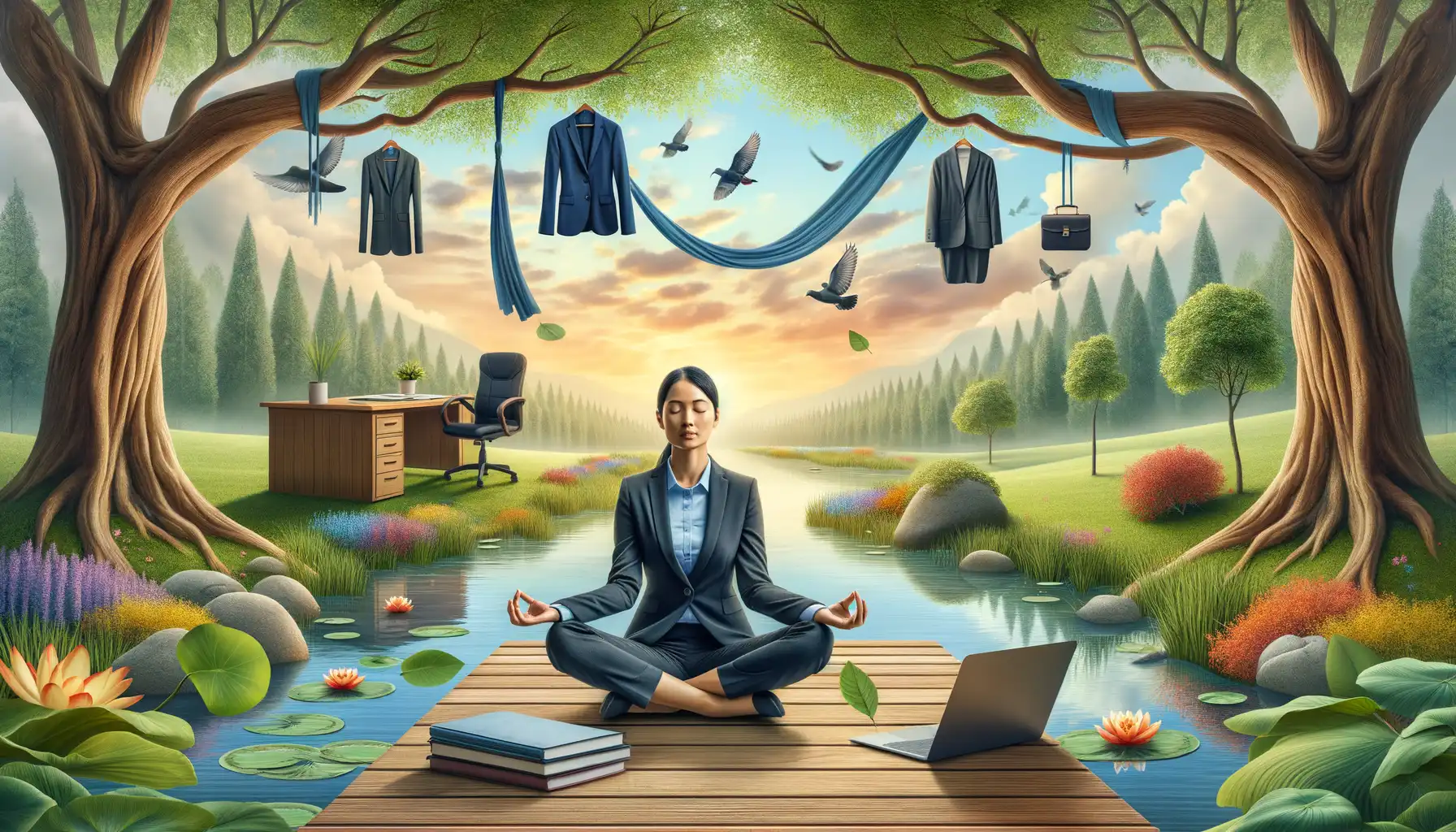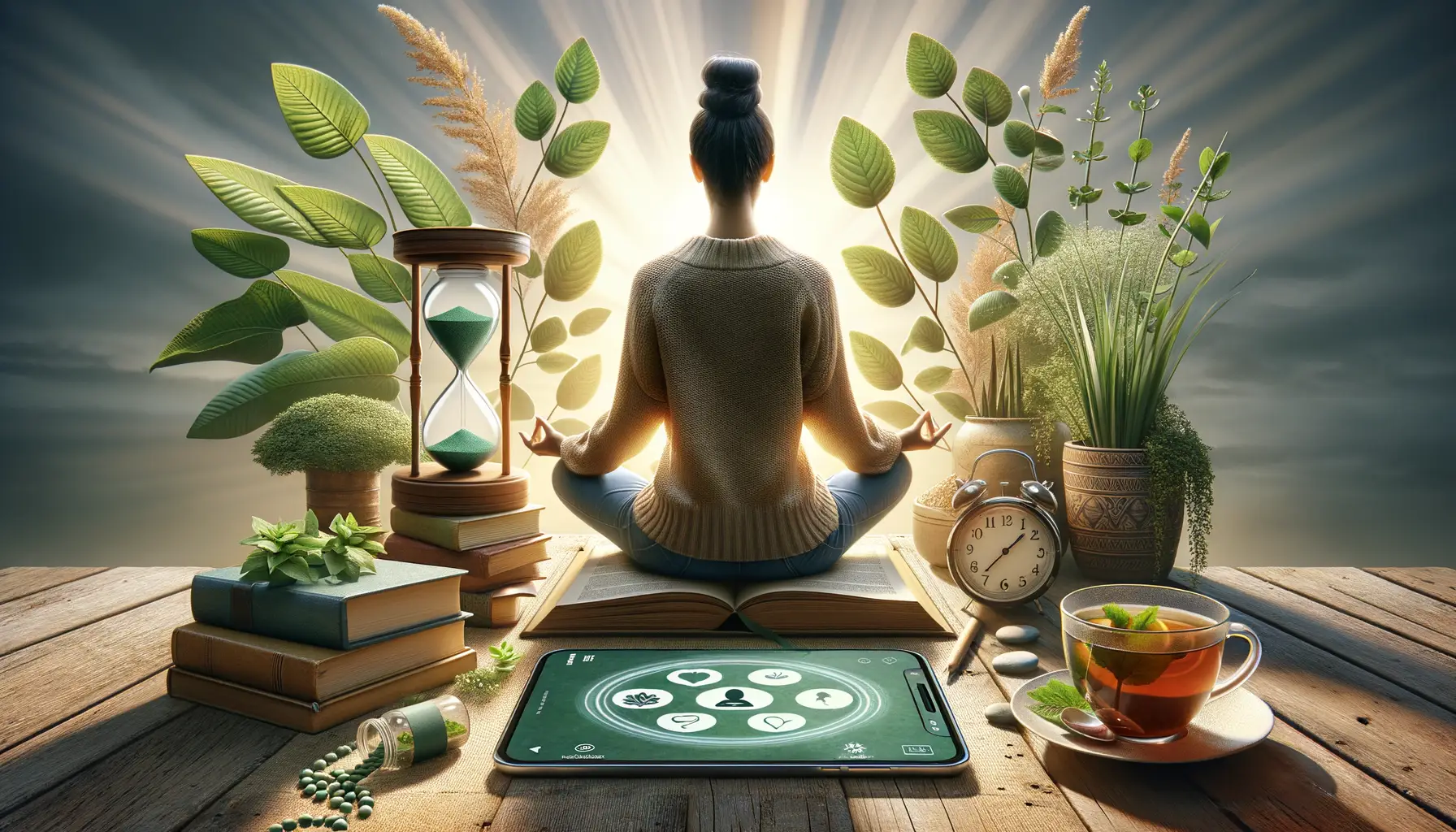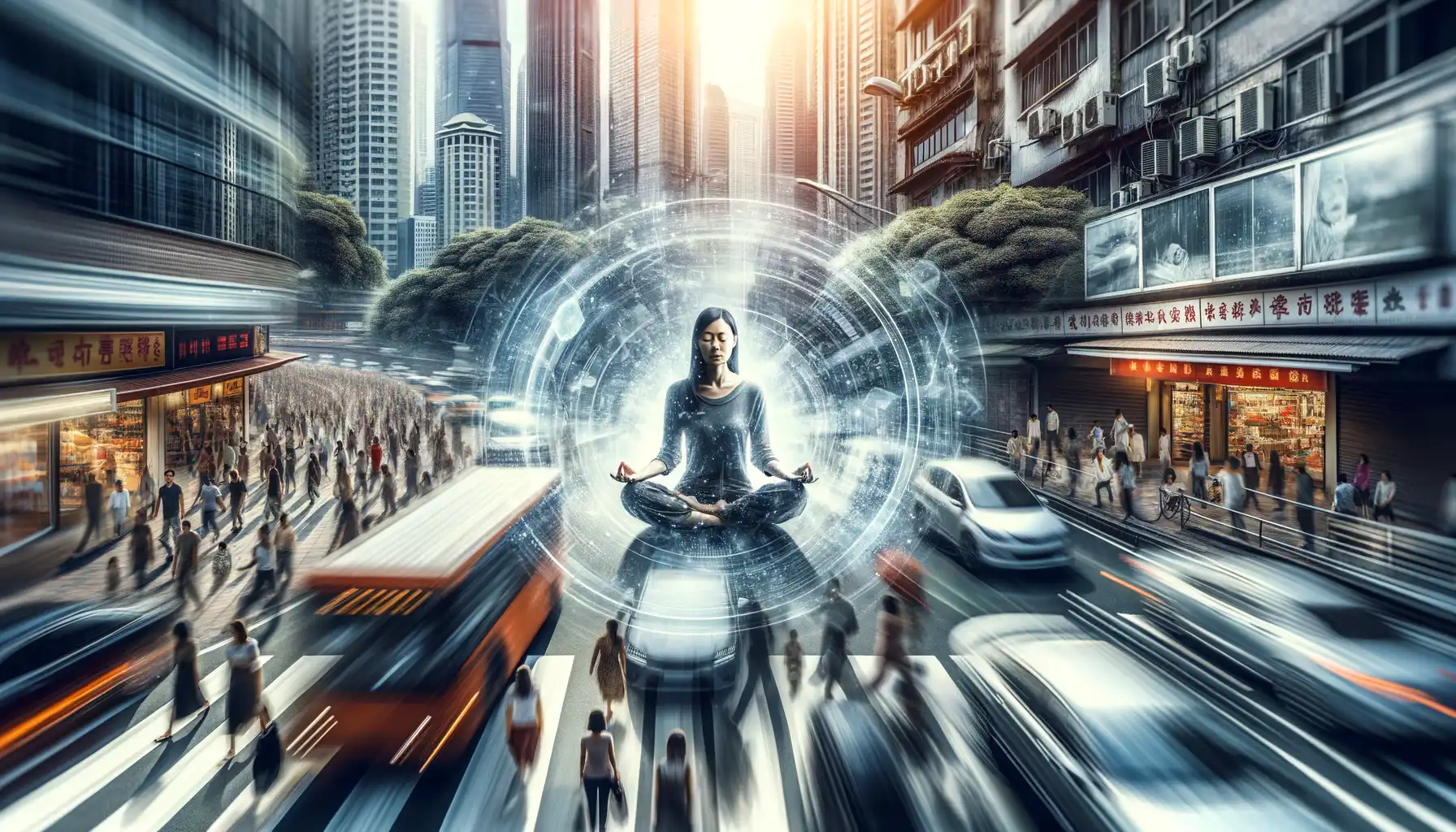The Importance of Mindfulness in Urban Living
Why Mindfulness is Your Secret Urban Superpower
Living in the city is like juggling fire while riding a unicycle—thrilling, yes, but also exhausting. Between the honking horns, crowded trains, and mile-long to-do lists, it’s easy to feel like you’re running on empty. That’s where mindfulness steps in—not as some abstract, woo-woo concept, but as a lifeline.
Think of mindfulness as your noise-canceling headphones for the soul. It allows you to pause, reset, and breathe when the chaos threatens to swallow you whole. Imagine standing in the middle of Times Square during rush hour. Your heart pounds, the lights flash—but with mindfulness, it’s like someone presses “mute” on the world. You don’t escape the storm; you find stillness within it.
- Ever tried savoring your morning coffee, really tasting it instead of chugging it while checking emails?
- How about noticing the crisp autumn breeze as you walk instead of rushing to your next meeting?
These small moments aren’t luxuries—they’re survival tools. And guess what? You already have everything you need to start. It’s not about changing the city—it’s about shifting how you dance through it.
Practical Mindfulness Techniques for Busy Professionals

Finding Focus in the Midst of Chaos
Let’s face it—life as a professional often feels like an endless marathon, with emails, calls, and deadlines nipping at your heels. But even in the middle of this whirlwind, you can carve out moments of calm. Enter: mindfulness techniques designed for people like *you*.
One simple yet powerful strategy? Pause for a 60-second breathing exercise. Here’s how: close your eyes, breathe in deeply through your nose for four counts, hold for four, and exhale slowly for six. Repeat. Feel how the tension loosens its grip? That’s the magic of recalibration on the go.
Need more anchoring? Use grounding techniques during a meeting or commute. Try the “5-4-3-2-1” method: identify five things you see, four you can touch, three you hear, two you smell, and one you can taste. It’s like hitting pause on mental chaos, bringing your awareness back to *now*.
Mindful Micro-Moments: Your Secret Weapon
For the truly time-starved, mindfulness doesn’t have to mean hour-long meditations. Think small but impactful practices:
- Pick a daily “habit trigger” (like brewing coffee) and link it with gratitude. Say, “I’m thankful for this moment.” Simple, right?
- Turn everyday tasks into mindful experiences. Washing dishes? Pay attention to the scent of soap or the sensation of warm water. Even mundane moments bloom when you’re fully present.
- Harness the power of transitions. Walking to your next meeting? Ditch the phone and focus on the rhythm of your steps instead.
Small shifts, significant results. After all, mindfulness doesn’t demand perfection—it thrives on consistency.
Creating a Personal Sanctuary in a Crowded City

Finding Your Pocket of Peace
Picture this: the relentless hum of traffic, the clatter of footsteps on pavement, and a sea of strangers rushing past you. Living in an urban jungle can feel overwhelming, but even amidst this chaos, there’s room to carve out your own oasis. A personal sanctuary isn’t just a luxury—it’s a lifeline for your mind and spirit.
Start by designating a corner, no matter how small, that feels distinctly yours. It could be a windowsill framed with green plants to filter the city dust or a cozy nook lit by the glow of your favorite lamp. Personalize the space with items that bring you joy—an old photo, a calming essential oil diffuser, or even your favorite books stacked just so.
- Soundproof your haven: Noise-canceling headphones or a white noise machine can work wonders.
- Play with textures: Add soft rugs, plush pillows, or a vibrant throw blanket to create comfort on-demand.
Take it further with sensory cues. For instance, lighting a specific candle or brewing a cup of herbal tea before settling in can signal to your brain, “This is our time.” Even in a crowded city, serenity can be summoned, one deliberate touch at a time.
Bending the Rules of Space
Urban living often means tight quarters, but you don’t need sprawling square footage to find solace. Think vertically! Hang lightweight curtains to separate areas, or use shelves to create visual boundaries. Don’t underestimate the power of multipurpose furniture—a storage ottoman that doubles as a meditation bench is a game changer.
And who says sanctuaries have to stay indoors? Transform your fire escape or balcony into a greenery-filled retreat. Nestle some potted herbs, string up fairy lights, and suddenly, that slab of concrete becomes an evening paradise under the stars, far removed from the buzz below.
Benefits of Incorporating Mindful Practices Daily

Transform Stress into Balance
Picture this: the city hums around you, a symphony of car horns, deadlines, and unrelenting notifications. It’s easy to feel like you’re carrying the weight of a skyscraper on your shoulders. But when you weave mindful practices into your daily routine, something magical happens—your body and mind begin to recalibrate, finding balance amidst the chaos.
Mindfulness isn’t some mystical, out-of-reach concept. It’s as simple as pausing for three deep breaths before answering an email or savoring your morning coffee without scrolling through your phone. These small moments of awareness work wonders, reducing cortisol levels, boosting energy, and helping you feel grounded—even when the city feels like it’s spinning too fast.
- Sharper Focus: Imagine tuning out the city’s noise and zoning in on your goals with laser-like precision.
- Better Relationships: Mindful communication shifts you from “What did I just agree to?” to authentic connections.
- Resilience Boost: Stress becomes less of an explosion waiting to happen and more like a ripple you can ride.
The Energy You Didn’t Know You Had
Think of mindfulness as a secret energy reserve. When your mind gets cluttered, it’s like running multiple tabs on a browser—everything slows down. By practicing mindfulness, those “tabs” close, giving your brain space to recharge. Suddenly, that late-night subway ride or never-ending meeting doesn’t drain you completely. Instead, there’s a sense of calm clarity that feels like breathing fresh air on a rooftop garden.
Overcoming Challenges to Stay Mindful in a Fast-Paced Environment

Why It Feels So Hard to Slow Down
Life in the city can feel like living inside a kaleidoscope—vivid, chaotic, endlessly shifting. Your morning might start with honking horns and a delayed subway, and by the time you’ve tamed your inbox, you’re already bracing for an afternoon of meetings. Finding mindfulness in this whirlwind? It might as well be trying to meditate on a rollercoaster. But it’s not impossible. Many of us wrestle with the very real challenge of slowing down when the world around us is moving at breakneck speed. The first step? Recognizing that mindfulness doesn’t require perfect silence or hours of solitude—it just requires a shift in perspective.
Practical Ways to Dodge Distractions
Urban life throws endless distractions at you, so you need to equip yourself with tools that stick, even on your busiest days:
- Micro-mindfulness moments: Try breathing deeply while waiting for your coffee or focus on the rhythm of your footsteps as you walk to work.
- Mute the chaos: Use noise-canceling headphones or listen to calming playlists during your commute.
- Visual reminders: Stick a small note on your desk or phone that says “Pause” or “Breathe.” Sometimes a simple nudge is all you need.
Incorporating these little adjustments into the fabric of your day helps transform the urban rush into a less relentless experience. It’s about finding cracks of calm within the commotion—and making them yours.
